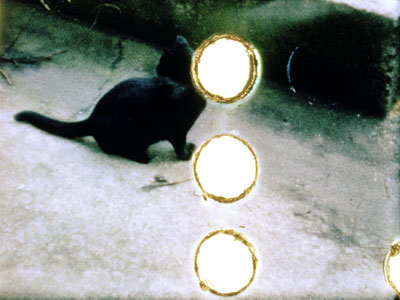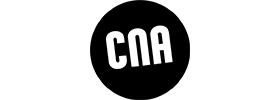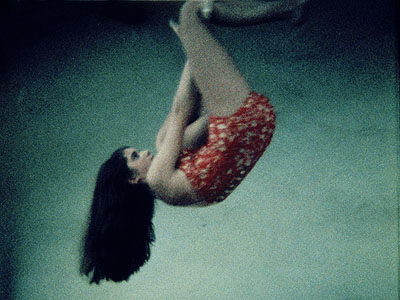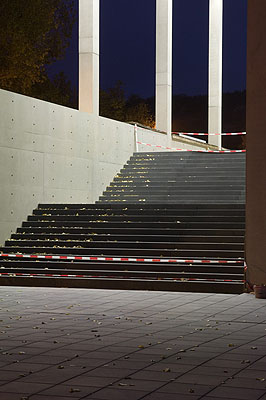
Fotogramm aus Privatfilm von François Kirsch, Amateur-Filmarchiv des CNA
Images cachées / Hidden images
Exhibition: 8 Dec 2007 – 28 Feb 2008
CNA Centre National de l'Audiovisuel
1b, rue du Centenaire
3475 Dudelange

CNA Centre national de l'audiovisuel
1b, rue du Centenaire
3475 Dudelange
+352-522424-1
Wed-Sun 12-18

Fotogramm aus Privatfilm von Pol Brack, Amateur-Filmarchiv des CNA
NEW PERSPECTIVES ON THE CNA COLLECTIONS One of the missions assigned to the CNA (National Audiovisual Centre) is the safeguarding, enhancement and promotion of Luxemburg's audiovisual heritage. In 1995, it launched an appeal to the public, encouraging people to deposit their own amateur films and home movies. Thus, in the space of ten years the institute has collected over 5,600 such films, shot for the most part in the grand duchy, or entrusted to the CNA by Luxemburgers living abroad. The « Images cachées / Hidden images » exhibition reveals this collection of amateur films in a new light. By isolating precise moments of this footage, in the form of photographic stills, Yves Dorme enables us to see these films with a fresh eye, via the highlighting of an underlying poetry and expressive force, hitherto hidden amidst the stream of images. Thanks to this project, the CNA hopes to give new impetus to reflection on amateur films and photography, while contributing to making the extraordinary richness they contain better known. At the same time, this exhibition raises a host of questions as to the nature and value (personal, documentary and aesthetic) of amateur films and photography. It also questions the use that is made of them and the degree to which – consciously or otherwise – such documents are manipulated when they are (re)used in a context for which they were not intended. HIDDEN IMAGES This exhibition came into being by way of chance and surprise. When I discovered the first "photographs" to emerge from these home movies, it was a moment of pure pleasure and aesthetic emotion. While working as an editor on a film project based on excerpts from amateur films from the CNA (National Audiovisual Centre) archive I was drawn to a certain shot, a certain frame, which I found to be so simply beautiful and moving that I isolated it, setting it aside, like a "photograph" in its own right. When, subsequently, a second image caught my eye, I understood that within these films lay a host of "hidden images", images worthy of featuring in a genuine exhibition. I thus set out to find them amidst the mass of home movies in the archive. Presenting these "photographs" deriving from the world of amateur film could have been satisfying enough in itself, yet I also wanted to share the pleasure of discovery and to shed light on the path which led to this change in the status of the image, this bond which unites all photographs. I was also fascinated by the relation between what a photograph triggers in the imagination and its "real" context, something that the singularity of this "freeze-frame" approach allowed. Lastly, it was a means of showing the wealth and diversity of these family archives from the CNA collection. Jeroen de Vries, the designer of this exhibition, has conceived spaces that each develop and explore a particular universe. Spaces, however, that are not compartmentalized, but which answer and complete each other. We wanted that the visitor be thrust, as it were, into this exhibition, that sensation and emotion be given pride of place. Visitors can view, on computers, the film excerpts from which the photographs have been taken. They can read the descriptions of the archived films and catch a glimpse of the chosen still-frame as the stream of images unreels at normal speed, thereby encountering the archives as they really are. Projected onto hanging screens will be films that have been fragmented, broken down and occasionally slowed, so as to provide the physical time to become immersed in them. And lastly, there are the images themselves, the professionally printed "photographs". Thus exhibited, they move from the world of amateur film to that of artistic photography. Yves Dorme
